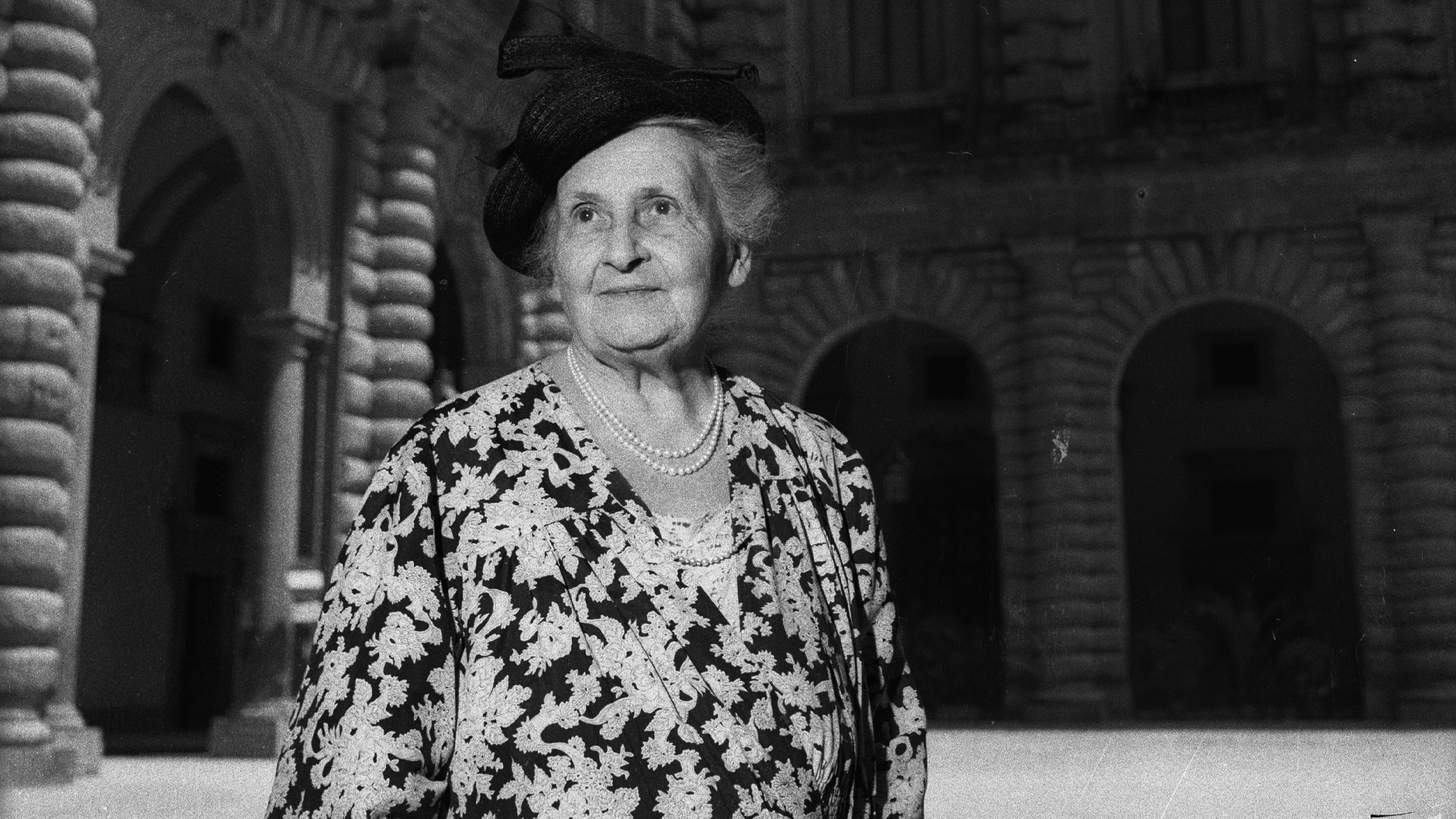The Italian woman laid the foundations for a more child-friendly educational curriculum
Maria Montessori paved the way for women in education. Born in August 1870 in the town of Chiaravalle, she started her education career wanting to be an engineer. She decided to change her field of study, moving from engineering to the traditionally male-dominated field of medicine. She began her studies at the University of Rome in 1890, becoming one of the first women in medical school in Italy. Her time at the university was met with hostility from students and professors who harassed her for defying cultural norms. Nonetheless, Montessori persevered and qualified as a doctor in 1896.
After graduating, she began her studies with children with mental disabilities. She publicly advocated a controversial theory that the lack of support for mentally and developmentally disabled children were the root cause of their inability to pay attention to and succeed in their studies. In 1907, Montessori opened the first Casa dei Bambini (The Children's House) in Rome, a school that outlined a curriculum for children that promoted activities that supported their natural development. By 1909, Montessori began her first training course in her new educational approach to around 100 students. Her notes from this became the backbone for her first book published in Italy in the same year. That book would then be translated into English and distributed throughout the United States in 1921 as The Montessori Method. Her book was later translated into 20 languages.

Italian educationist and founder of the Montessori Schools, Maria Montessori (1870 - 1952), watching pupils in class at a school in Acton, London, 2nd November 1946. Original publication: Picture Post - 4244 - The Woman Who Made School Fun - pub. 1946 (Photo by Kurt HuttonPicture Post/Hulton Archive/Getty Images)
Montessori was nominated for the Nobel Peace Prize there times throughout her life. She passed away at the age of 81 in 1952, leaving behind a groundbreaking legacy that greatly impacted the educational system around the world.


